On This Day…June 5th.
Stanley Winfield ‘Swede' Vejtasa's first assignment was with Scouting Squadron 5 (VS-5) aboard the carrier USS Yorktown from August 1939 to May 1942, during which time he shot down 3 Japanese fighters and damaged 1 while flying an SBD-3 Dauntless dive bomber. He then served as an F4F-4 Wildcat pilot with VF-10 aboard the USS Enterprise from May 1942 to May 1943.
‘Swede' on board the Enterprise alongside Dave Pollock of Fighting Squadron 10 , the storied ‘Grim Reapers'. This photo was taken in October of ‘42 just before the Battle of Santa Cruz, when, on October 26th, Vejtasa would shoot down an unprecedented seven Japanese aircraft in one mission while defending the ‘Big E'.
At Midway on June 5th, ‘Swede' takes up the story of his day...
“Today my squadron of 24 dive bombers was launched as a second wave of attacking aircraft in an effort to sink the remaining Japanese carrier force. I took off in my SBD after a Japanese counterattack.”
“We were aiming at the Hiryū, the last of the Japanese fleet carriers at Midway, and one of the carriers that participated on the attack on Pearl Harbor. We loaded up with 1000 lb bombs and we took off from the flight deck and climbed to altitude to try and look for the Japanese fleet. We looked around and scouted for a while but had trouble finding the fleet. We were running low on gas, when at long last, we found the carrier fleet!”
“The commander came on the radio and ordered specific planes to attack
specific ships. I was ordered to attack the Hiryū. Once I was straight above the carrier at 10,000 ft, I lowered my nose into a steep dive, throttled back, and deployed my dive brakes.”
“When I was about 1000 ft off the ground, I pressed the release button on my control stick when my aiming scope was right at the center of the Japanese flag on the deck of Hiryū. My half ton bomb was released and I pulled back up. Once I leveled off, I looked behind me to see what damage I did to the carrier.”
“I saw an enormous explosion had ripped off chunks of deck from the Hiryū and the bow of the ship had been seared off. It was a direct hit. I looked forward again just as five inch shells from a nearby ship had been fired near my position. I banked left and right to try and confuse the anti aircraft gunners while I raced away from the battlefield. Later, back at the USS Enterprise, I found out that the Hiryū had been sunk that day.”
“But the Enterprise had been badly damaged by kamikaze attacks and dive bombers, but averted the brunt of the firepower of Japanese aircraft. The many sailors who died while fighting for the ship were not so lucky. Nonetheless, the ship maintained its nickname the “Lucky-E.”
A knocked out German Panzer II (and crew) in France, June 5th, 1940.
Junkers Ju 88 4.KG51 (9K+HM) downed in the Battle of France, 5th June,1940.
F4U loaded with rockets NOTS (Naval Ordinance Test Station), California, US, June 5th, 1945.
For the USS Hornet, the typhoon of June 5 (Storm ‘Connie'...should have been named ‘Halsey'...), 1945, ended her combat service. By the time repairs were completed and she returned to the Pacific, it was after the war had ended as part of Operation Magic Carpet, returning American servicemen home.
Above, waves and winds toss the cruiser USS Pittsburgh during Typhoon Connie. The Pittsburgh was heavily damaged during the storm, losing more than 100 feet of her bow to the elements. This was famously Halsey's second typhoon where he was culpable in terms of poor decision making and unnecessary risk taking.
Below, photo of a SC-1 Seahawk of USS Duluth during the typhoon of June 5th. 133 floatplanes and Carrier aircraft were lost in the storm, and six men lost their lives.
D-Day minus one.
508th Pathfinders.
British 22nd Independent Parachute Company, 6th Airborne Division being briefed for the invasion, 5 June 1944.
British 6th Airborne Division.
DUKWs practise launching from and embarking onto LSTs at a south coast port during final preparations for the invasion of Normandy...
Below, ‘Filthy Thirteen' member Clarence Ware applies last minute war paint to Charles Plaudo on the 5th June, 1944. The Filthy Thirteen was the name given to the 1st Demolition Section of the ‘Regimental Headquarters Company of the 506th Parachute Infantry Regiment' - 101st Airborne Division, of the US Army, who were the inspiration for the book and subsequent film ‘The Dirty Dozen'.
On June 5, 1944, at about 2300 hours, the Valiant Air Command's ‘Tico Belle' - along with hundreds like her at other airfields all over southern England, was at Station 469 – Ramsbury - as men of the 82nd Airbourne Division boarded C-47s and gliders for the oncoming ‘Day of Days'.
Launch of the USS Guadalcanal (CVE-60) at Kaiser Shipyards on 5th of June, 1943.
F6F-3 Hellcat of VF-1 aboard USS Yorktown, June 1944.
Japanese carrier Hiryu burning, photographed by a plane from the Japanese carrier Hōshō, 5th of June, 1942. Her aircraft complement for the operation (part of the Japanese support fleet that never saw action at Midway) consisted of eight obsolete Yokosuka B4Y (below) carrier attack aircraft (torpedo bombers).
On June 5th, 1942, a flight crew from NAS Pensacola, Florida that included AM2 Richard Fisher was conducting a patrol over the Gulf of Mexico.
A position report at 1025 was the last time anyone heard from the aircraft. An extensive search was later completed, but no wreckage was ever found.
Beechcraft F-2 Expeditor (a recent favourite OTD...) reconnaissance aircraft near Ninilchick, Alaska, June 5th, 1941.
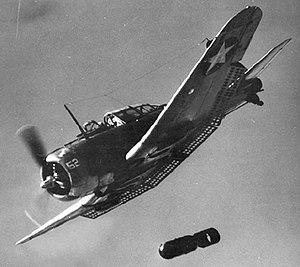
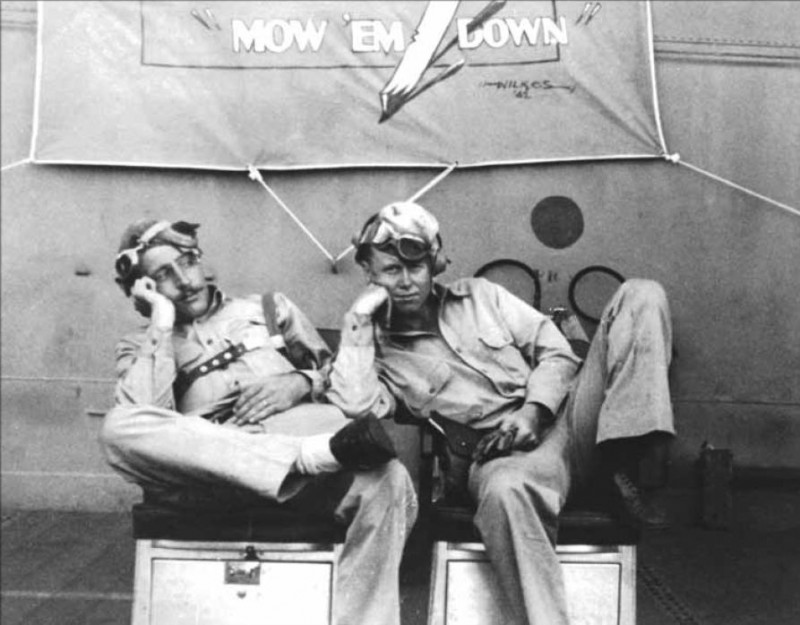
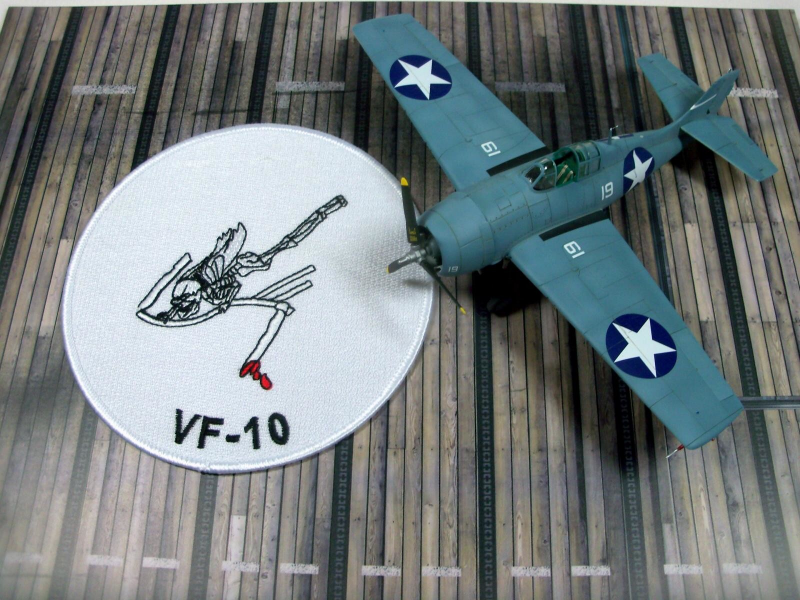
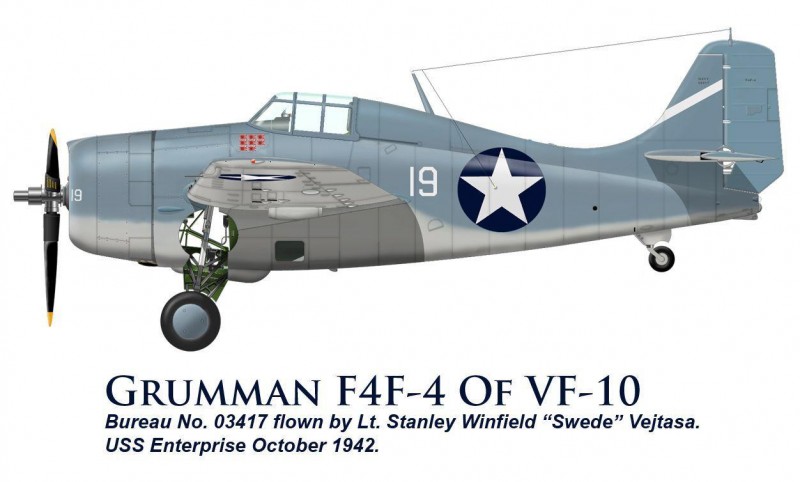
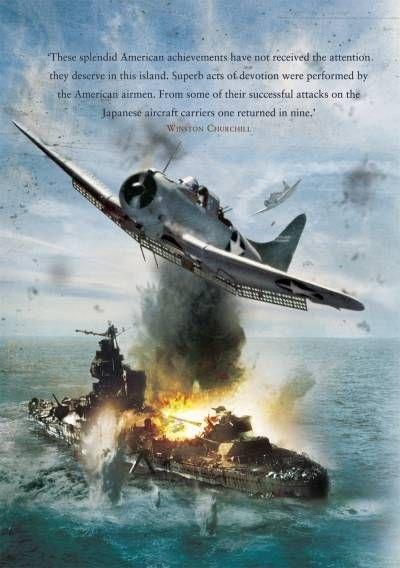
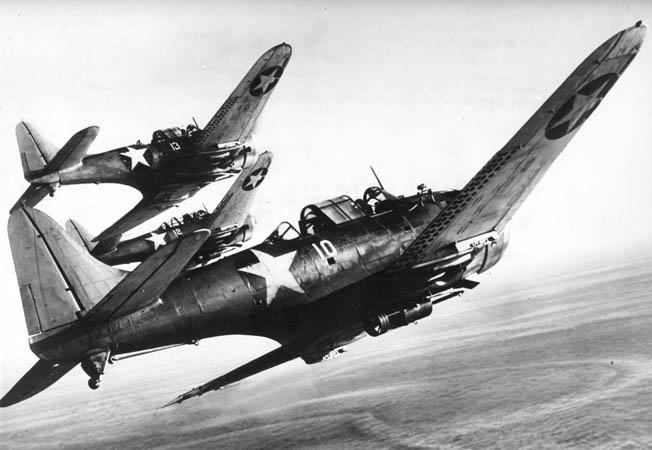
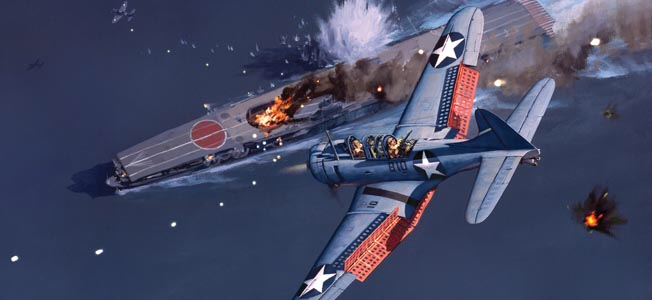
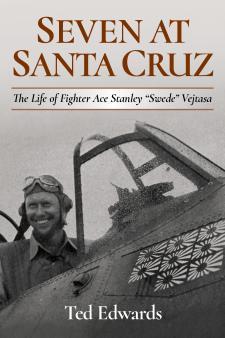
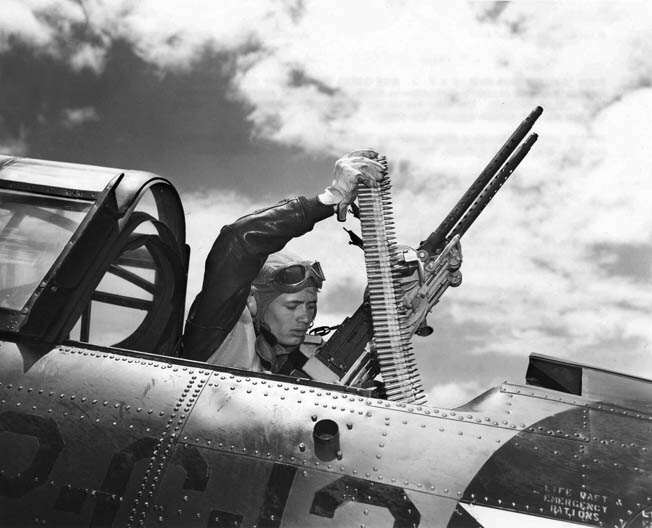
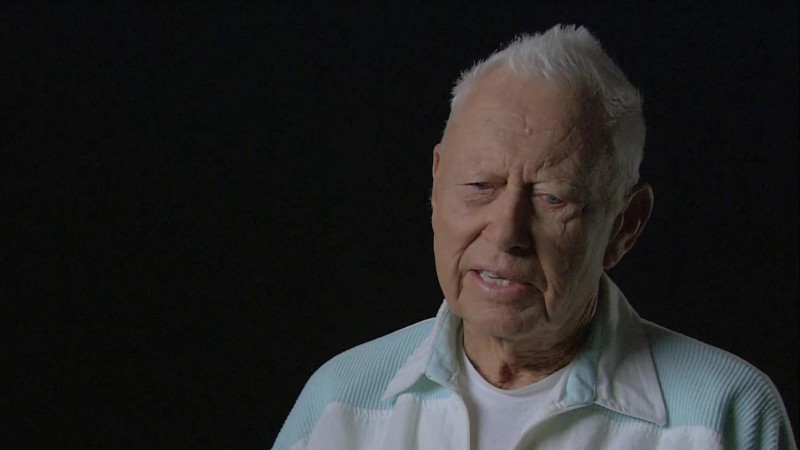

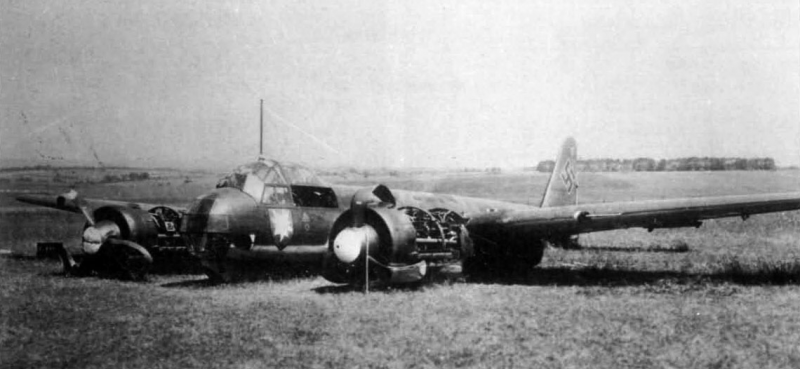
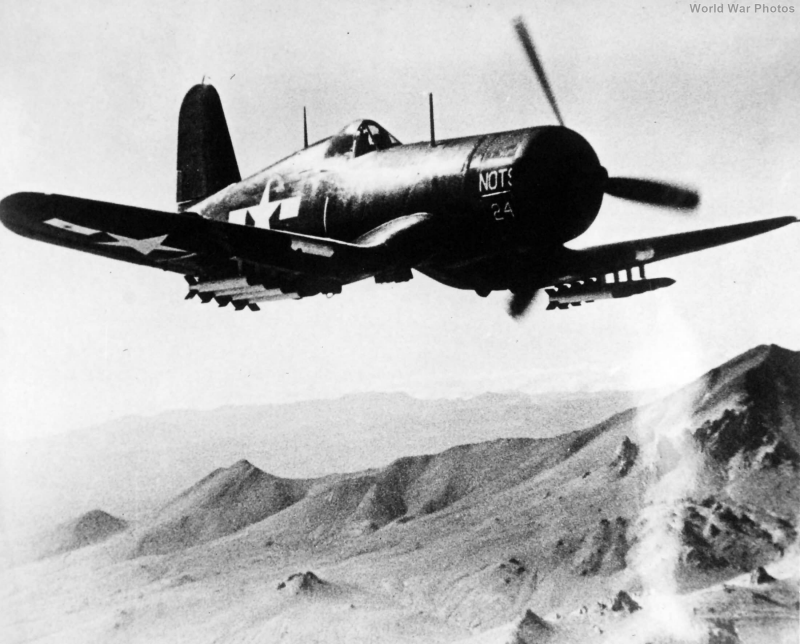
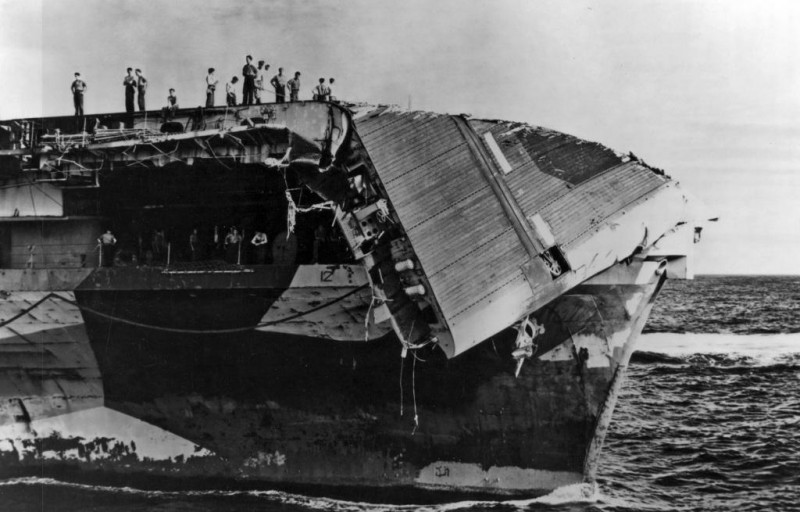
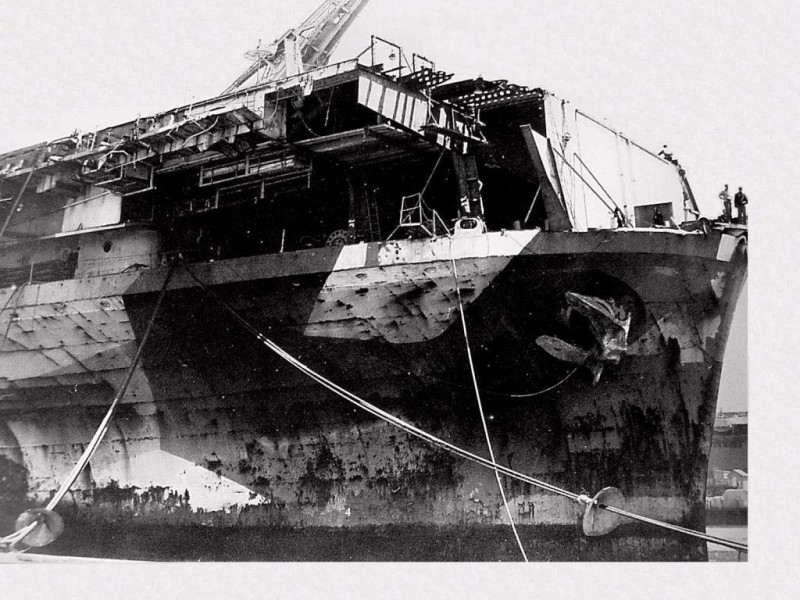
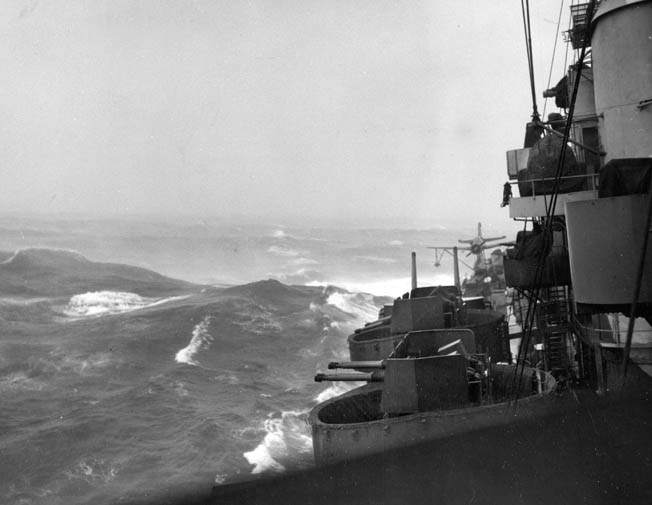

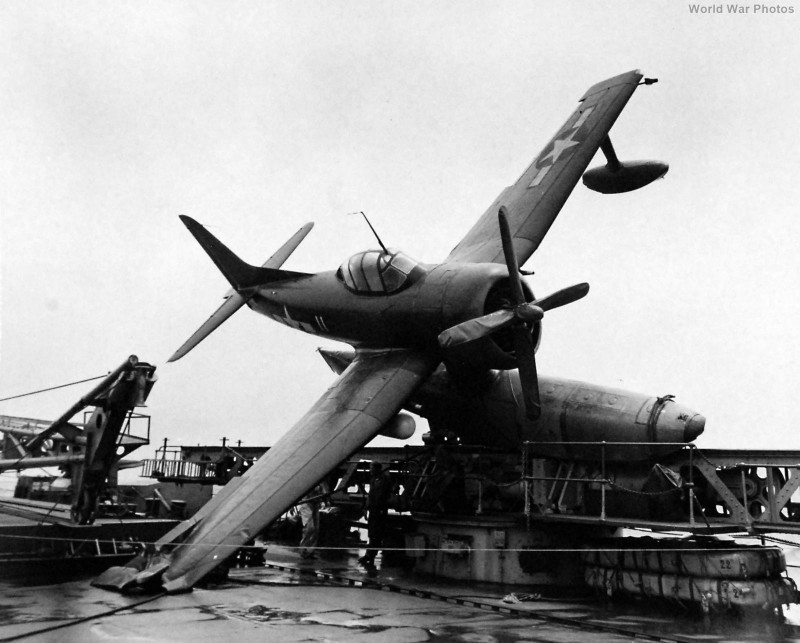
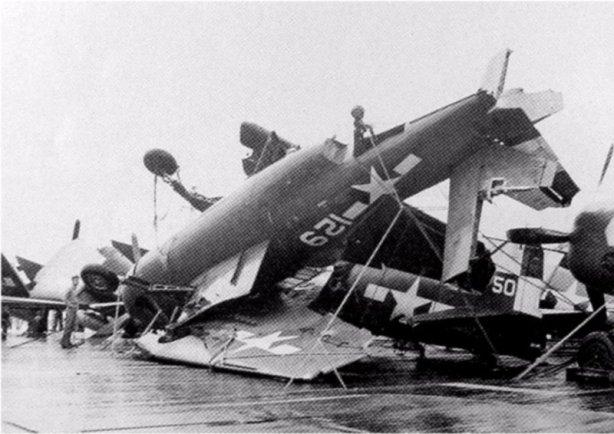

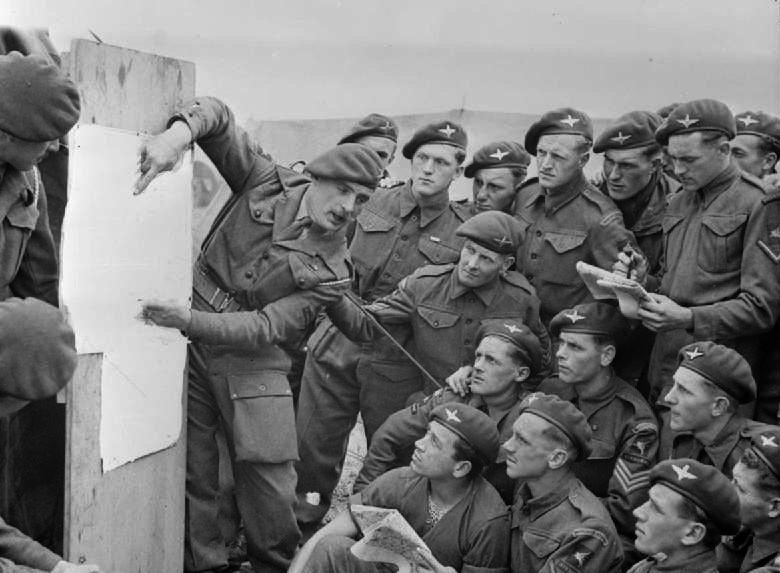
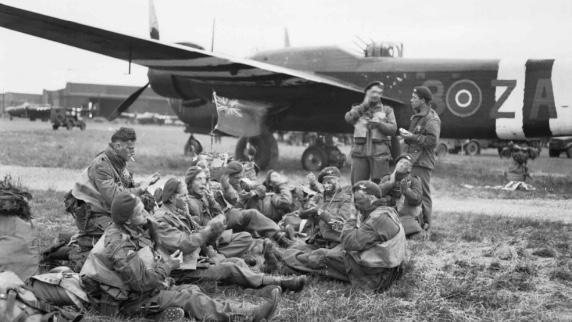
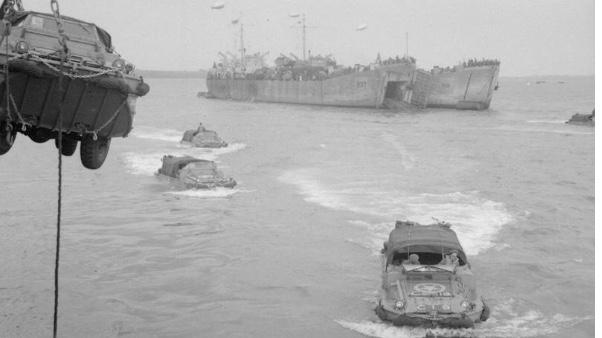
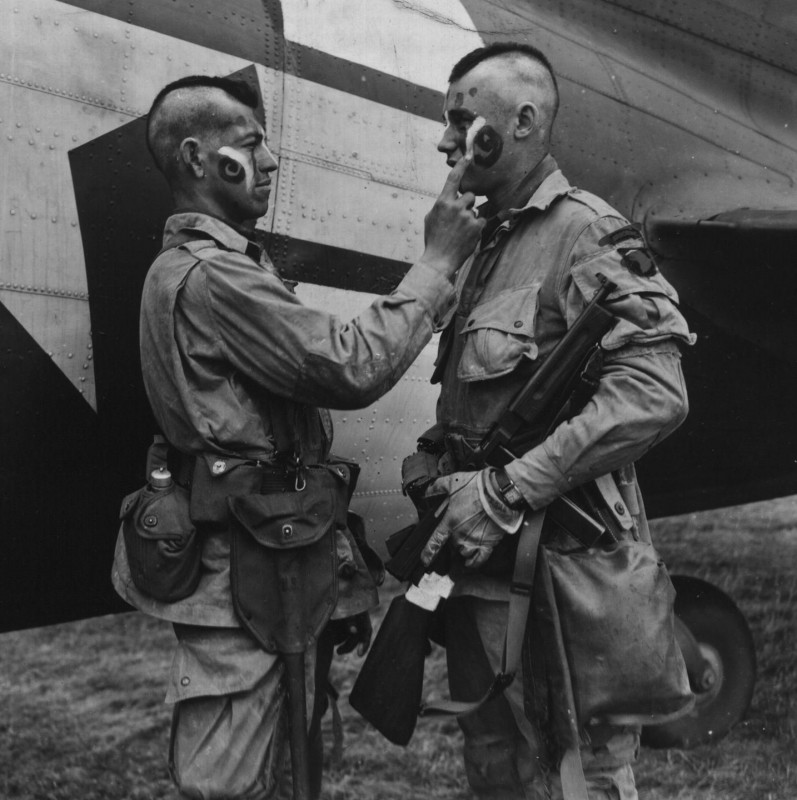
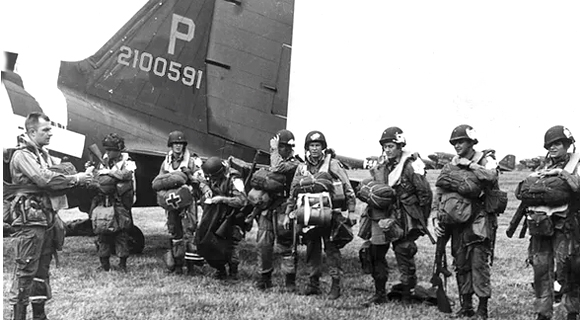
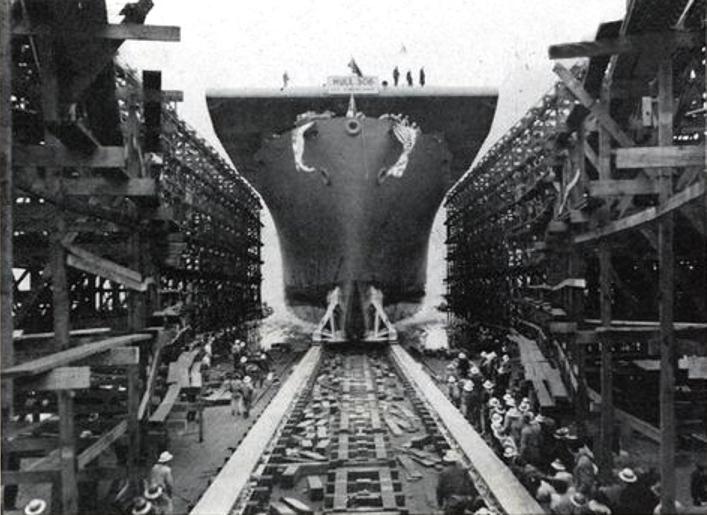
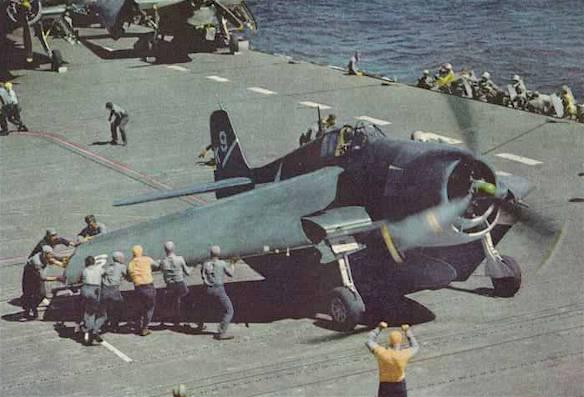
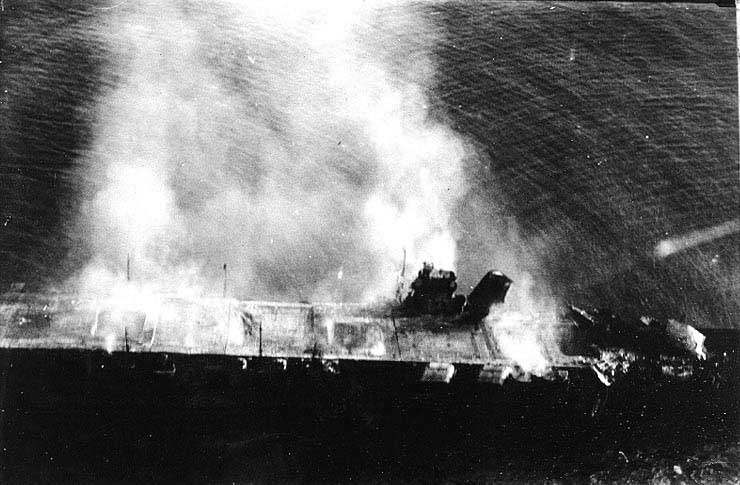
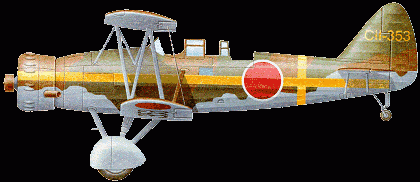
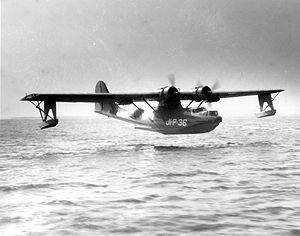
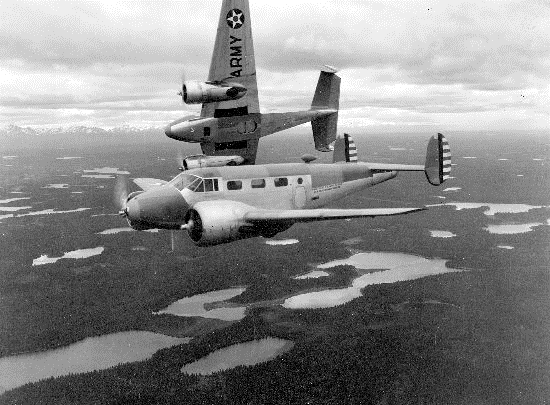
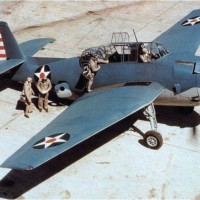
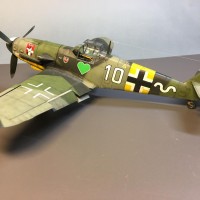
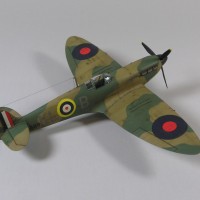

Regarding Halsey, from my book "Pacific Thunder":
Nimitz’s two senior commanders who led the fast carrier battle fleet across the Central Pacific could not have been more different. William F. Halsey, Jr., and Raymond J. Spruance were night and day to each other. Halsey never met a reporter he wouldn’t spend 30 minutes talking to in language as bloody-minded and salty as possible, while Spruance gave one 30-minute interview during the entire war, saying he did so “not through ungraciousness, but rather to keep my thinking impersonal and realistic.” He was never known to utter a curse word in his life,
Spruance was likely thinking specifically of Halsey when he later wrote:
“Personal publicity in a war can be a drawback because it may affect a man’s thinking. A commander may not have sought it; it may have been forced on him by zealous subordinates or imaginative war correspondents. Once started, however, it is hard to keep in check. In the early days of a war, when little about the various commanders is known to the public, and some general or admiral does a good and perhaps spectacular job, he gets a head start in publicity. Anything he does thereafter tends toward greater headline value than the same thing done by others, following the journalistic rule that ‘Names make news.’ Thus his reputation snowballs, and soon, probably against his will, he has become a colorful figure, credited with fabulous characteristics over and above the competence in war command for which he has been conditioning himself all his life.
“His fame may not have gone to his head, but there is nevertheless danger of this. Should he get to identifying himself with the figure as publicized, he may subconsciously start thinking in terms of what his reputation calls for, rather than how best to meet the actual problem confronting him. A man’s judgement is best when he can forget himself and any reputation he may have acquired, and can concentrate wholly on making the right decision.”
Nice excerpt Tom. Certainly some differences between the two men, which makes it a little harder to stereotype leaders. Thanks for posting.
Thanks for contributing, Tom. “Pacific Thunder” is a great read - and (I would say this) - the chapter on Carrier development and the hard lessons that allowed it to happen is fascinating.
I really appreciate all the support, and hey, it’s been a while since I had an amendment!
Speaking of Alaska, while the Midway fleet was basking in the sunshine and victory, the Navy patrol squadrons on Umnak were digging PBY's out of a frozen inlet ...
1 attached image. Click to enlarge.
Oh, damn it, Carreon. So many projects on, and now I have this ‘ice’ thing going on - that photo is a diorama crying to be made. Practically begging...
There are few aircraft images from WW2 that are more iconic to me than an SBD Dauntless in a dive during the Battle of Midway. You didn't overdo those shots, David, not in the least.
It does have that classic look[SBD], And I believe was in service till the end of the war . The Grim Reapers VF-101, became the fleet replacement training squadron, east coast, with F-4's and later F-14's . familiarizing maintenance and aircrews before they would report to their fleet squadron.
1 attached image. Click to enlarge.
Great "Day" you've brought us, David.
Again!
I especially like the great SBD photo, due to my Dad & his career.